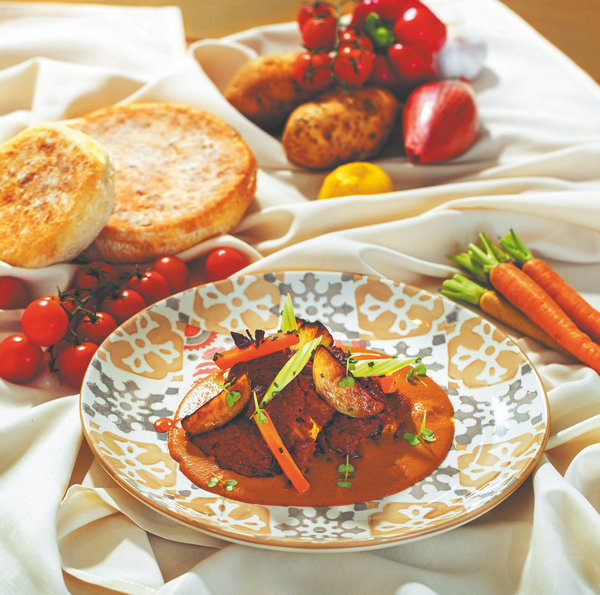

"In our family's tacho, we skip the mushrooms and used to include beef, but I've omitted it now," Sou says.
Originally a winter delicacy, Sou sometimes caters to demand by preparing the dish for guests during the summer. "Whether consumed by locals or tourists, this dish exudes a sense of home," adds Sou.
Sou believes that another feature of the cuisine is the meticulous chopping of ingredients. This practice originated for two main reasons: first, in Portuguese households, often large and communal, finely chopped food facilitates easy sharing among family members. Second, chopping ingredients into small pieces increases the quantity, offering a practical way to manage household expenses.
"Although dishes in our cuisine cook quickly, the preparation demands a significant amount of time, especially when it comes to finely chopping various ingredients," Sou explains.
Minchi is another classic dish, with the name derived from the English word mince. There are various cooking methods for minchi, using meat that can be pork, beef or a mix of both, sometimes turkey or shrimp, alongside pickled vegetables, fried potato cubes, Portuguese cured sausages, among other ingredients.